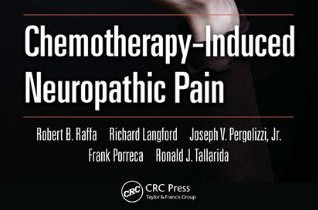Chronic Pain & Opioid-Free Solutions
Chronic Pain.
In America alone, more than 50 million people are living with chronic pain symptoms. These individuals suffer daily for several months to sometimes years with pain that interferes with their everyday activities. Managing chronic pain is a challenging task that requires a coordinated effort from both the suffering individual and a multitude of specialists within different disciplines. Pain can be debilitating and may lead to worsening depression, anxiety, and sleep disturbances; thus, all these areas should be addressed when designing a treatment plan. Some of the various resources utilized for limiting pain symptoms are lifestyle changes through diet and exercise, physical therapy, chiropractic care, osteopathic manipulations, acupuncture, topical creams, meditation, cognitive behavioral therapy, procedures, regenerative therapies, and medications. Ultimately, the goal of any pain management care plan is to restore function and quality of life.
Opioid Crisis.
The first therapeutic nerve block in pain was performed in 1899. Subsequently, over time, numerous nerve block techniques have been described. It has not been until recently, however, in the early 2000s, that we have seen an upward trend in the use of these techniques to manage pain. Prior to this century, monotherapy with oral medications and surgical interventions were the most common treatment methods utilized. The continued upsurge in interventions may be due to the staggering numbers of misuse, addiction, and deaths related to the opioid crisis. Since 1999, more than 760,000 people have died from a drug overdose, with 2 out of 3 of those deaths involving an opioid. When taken correctly, prescription opioids can be a safe and effective way to minimize pain, but the potential for misuse is high. Therefore, prescriptions should come with an explanation and education from the clinician, along with a written agreement between both parties for promised safety.
Interventional Pain Procedures.
One of the greatest advantages of procedural treatment is the ability to limit the undesirable systemic side effects often experienced by medications. With opioids alone, chronic use can cause constipation, urinary retention, fatigue, clouded judgment, addiction, and sexual dysfunction. Interventional procedures include infusions, injections, nerve blocks, spinal cord stimulation, radiofrequency ablation, trigger point injections, and minimally invasive surgical procedures. These procedures not only allow for localization and treatment of focal pain but are also especially helpful in diagnosing questionable pain syndromes. Most interventional pain procedures are completed quickly and with little to no downtime. There is also typically a lower risk for infections and complications that accompany the surgeries performed for more severe cases. In instances where one might be fearful of procedures or have a needle phobia, light sedation can often be administered to provide comfort.
Finding Your Ideal Treatment.
Pain Awareness Month is an opportunity for us to recognize that although pain is subjective as an unpleasant experience, it is still a disease process that can be appropriately treated. It is also a time to advocate for those who may be suffering in silence to speak up and find a provider that is willing to listen and work with you to develop a management plan that best fits your lifestyle. As with anything in life, getting multiple opinions from different pain specialists may be beneficial. I recommend working with your care provider to find strategies that will reduce pain, improve sleep, address any related emotional disturbances, and get you back to participating in the life activities that you enjoy.
Authored by: Dr. Nicole Ferro, DO
Click here to schedule a consultation and learn more about our physical medicine and rehabilitation services.




